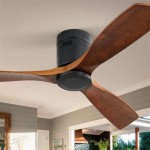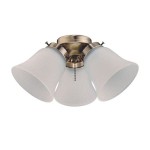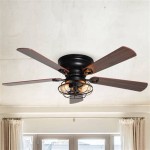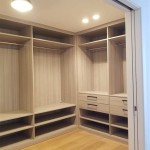Water Leaking Through Ceiling From Upstairs Bathroom
A water leak from the upstairs bathroom can cause significant damage to your ceiling and the room below. If you notice water leaking through your ceiling, it's important to take action immediately to prevent further damage. Here are some possible causes of a water leak from the upstairs bathroom and steps you can take to fix the problem.
Causes of a Water Leak from the Upstairs Bathroom
- Damaged or Cracked Pipes: Pipes can become damaged or cracked due to age, corrosion, or extreme temperatures. When pipes are damaged, they can leak water, which can seep through the ceiling and cause damage.
- Loose Toilet Connections: The toilet is one of the most common sources of water leaks in a bathroom. The bolts that secure the toilet to the floor can become loose over time, allowing water to leak from the base of the toilet. Loose connections can also occur at the water supply line or the fill valve.
- Damaged or Clogged Drain: A clogged drain can cause water to back up and overflow, leading to a leak. Clogs can be caused by hair, soap scum, or other debris that accumulates in the drainpipe.
- Damaged or Missing Grout: Grout is used to seal the joints between tiles in the shower or bathtub. If the grout becomes damaged or missing, water can seep through the cracks and cause a leak.
- Defective Shower Pan: The shower pan is a waterproof membrane that lines the shower floor. If the shower pan is damaged or installed incorrectly, it can allow water to leak through and damage the ceiling below.
Steps to Fix a Water Leak from the Upstairs Bathroom
- Identify the Source of the Leak: The first step is to identify the source of the leak. This may require inspecting the pipes, toilet, drain, and shower or bathtub. Look for any signs of damage, such as cracks, loose connections, or missing grout.
- Turn Off the Water Supply: Once you have identified the source of the leak, turn off the water supply to the bathroom. This will prevent further water from leaking and causing damage.
- Repair the Leak: The next step is to repair the leak. Depending on the cause of the leak, this may involve tightening loose connections, replacing damaged pipes, unclogging drains, repairing damaged grout, or replacing a defective shower pan.
- Dry the Area: Once the leak has been repaired, it's important to dry the area thoroughly to prevent mold and mildew growth. Use towels or a fan to dry the ceiling, walls, and floor.
- Monitor the Area: After you have repaired the leak, monitor the area for any signs of further leaking. If you notice any water leaking again, it's important to contact a professional plumber to investigate the issue.
If you are not comfortable repairing the leak yourself, it's best to contact a professional plumber. A plumber can accurately diagnose the cause of the leak and perform the necessary repairs to prevent further damage to your home.

Is Water Leaking Through Ceiling After You Shower Robinson Plumbing

Water Stain On The Ceiling That S A Serious Plumbing Problem Reliance Sewer Drainage Inc

Upstairs Leak Las Vegas Plumber Bloggin Innovative Plumbing Pros

Shower Leaking Through Ceiling 8 Likely Causes

Water Leaking Through Ceiling Below Bathroom Easy Fix Diy Plumbing Fail Youtube

Upstairs Bathroom Flooded Leaking Through Ceiling

Water Leaking On The Ceiling Downstairs From Upstairs Bathroom Plumbing Nightmare Diy Fix

Bath Leaking Through Ceiling Top Likely Causes

How To Check For Bathroom Leaks My Plumber Guide

Upstairs Bathroom Shower Is Leaking Through The Ceiling Atlanta Ga Plumbers








